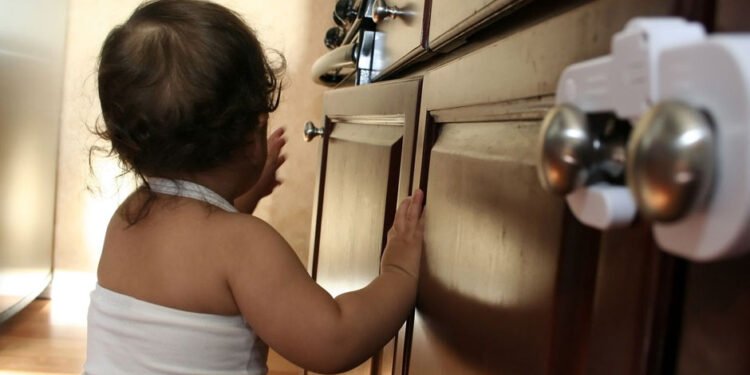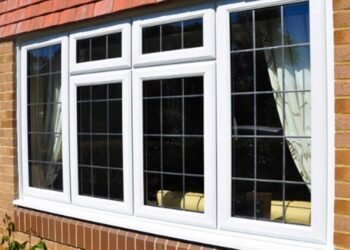Creating a safe environment for your little ones is paramount as they grow and become more curious about their surroundings. Babies and kids, in their exploration phase, can quickly become mobile, crawling, rolling, scooting, and even pulling themselves up. Their ability to grab, hold, and move objects increases, making them more prone to accidents. As they become more curious, the potential dangers in your home become more apparent.
To mitigate the risk of accidents and injuries, it’s crucial for parents to proactively childproof their homes. Taking these preventative measures can help avoid accidents by childproofing. Let’s explore some steps to make your home a safer place for your little ones.
What is Childproofing?
Childproofing is the practice of making spaces and objects safe for children. This involves setting up barriers or restrictions to keep kids away from potentially harmful areas. The main aim is to minimize the chances of accidents and injuries, creating a secure environment for young children to explore without risks.
This is especially important for infants and toddlers who are naturally curious and may not be aware of potential danger in their surroundings.
What Accidents Can Happen at Home?
Common causes of home injuries are fire and burns, suffocation, drowning, choking, falls, and poisoning. The most common places where water accidents take place are kitchens, hot tubs, or swimming pools.
Common household areas such as kitchens, hot tubs, and swimming pools are hotspots for water-related accidents, while toxic substances lurk under sinks, in medicine cabinets, garages, or even purses.
Other potential circumstances that can lead to an accident can be falling down the stairs, walking on slippery floors, or using tipping furniture around the house. If an injury occurs because of a defective product, you may be able to file a personal injury claim and recover compensation.
How to Childproof Your Home
Childproofing is a very important step for every parent. However, most first-time parents are confused about where to start with childproofing. Here are some simple steps for you to childproof your home:
Install smoke and carbon monoxide detectors
Having smoke detectors installed around your home helps to alert and protect you and your whole family from fire and the risk of suffocation caused by carbon monoxide. Remember to check these devices every month and change the batteries when needed. Make sure to keep the numbers for local medical support, doctors, neighbors, and relatives saved on your phone and on speed dial so you can call for help immediately in case of emergencies.
Cover electrical outlets
Children love to stick their tiny fingers and toys into any small spaces they can find around the house. Childproofing electrical outlets is an essential step in creating a safe environment for young children. Outlet covers or plugs prevent your child from sticking objects or fingers inside the outlets. If left unattended and open, these outlets can lead to serious shock or burns if your child tampers with them.
Also, keep electrical cords out of sight because these can cause babies to trip while running or walking. Regularly inspect the covers to make sure they remain effective and replace any outlet cover that shows signs of wear and damage.
Install a baby safety gate
Once a baby starts to crawl, safety gates are a savior, especially for childproof stairs. These gates serve as a protective barrier, particularly on staircases where falls can pose significant risks. It’s recommended to install safety gates both at the top and bottom of the stairs to prevent any potential accidents. Additionally, safety gates are versatile tools that can be utilized to restrict access to specific rooms or areas within the house. Whether it’s the kitchen, laundry room, garage, or any other space you want to keep off-limits, safety gates offer a practical solution.
Preventing Injuries From Falling and Climbing
To prevent injuries from falling and climbing, make sure your floors, especially stairs, aren’t slippery. Consider adding carpet to stairs for better traction, especially when children are in socks, to avoid slips and falls.
Keep a close eye on children during climbing activities on play structures or furniture, and provide secure climbing opportunities with age-appropriate play structures that have safety features.
Time to Child Proof
While it’s impossible to prevent all accidents, taking these steps to make your home safe significantly reduces the risk of potential harm to children. From installing safety gates to preventing falls and keeping dangerous items out of reach, these strategies can help new parents in childproofing their homes.
But the most important step of childproofing your home is to keep a vigilant eye on your kids. Regardless of the precautions taken, constant monitoring can help parents be at ease that their children are safe from any accidents.












